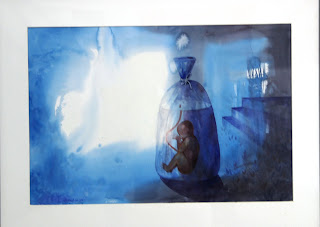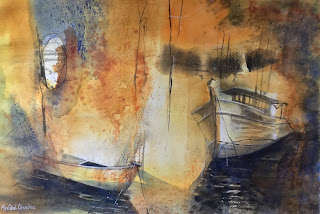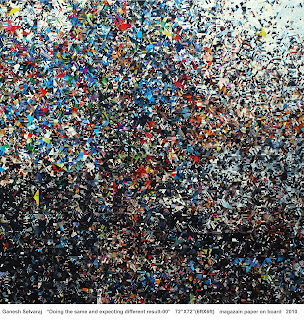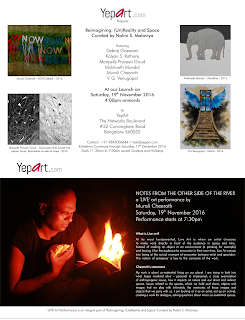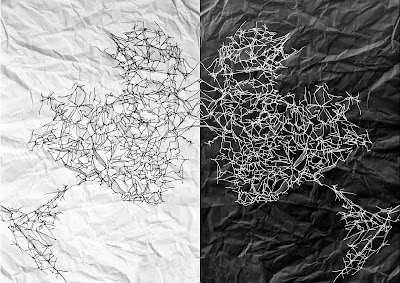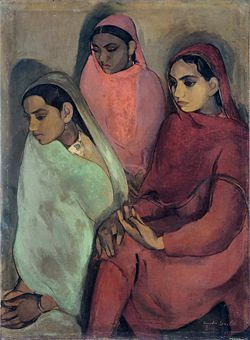Art exhibition celebrates senior art faculty from Bengaluru
Fidelitus Gallery kicks off 2022 with “Consortium - Art Preceptors of Bengaluru Art Institutions”, a unique art exhibition that draws attention to and features the on-going practice of active senior faculty members from 3 prominent Art Institutions in Bengaluru, namely, Karnataka Chitrakala Parishath College of Fine Arts, Kalamandir School of Arts and Ken School of Arts.
 |
| Sculpture by Vishal Kavatekar |
The initiative is also aligned with the Gallery’s “Heritage
Wing” project that facilitates educational programs with respect to Museum and
Gallery Studies.Painting by Shridhar Murthy
Fidelitus Gallery aims to create an inclusive platform for the arts - both performing arts and visual arts, along with curated art educational pogrammes for the community.
The gallery is committed towards creating world class art exhibitions by curating hybrid transformative spaces by following standards of the international committee of exhibitions. It also hopes to make a difference in the arts sector through sustained efforts, all of which will gradually create lasting changes in techniques and processes of exhibiting art in the city.
The collection from “Consortium” will be accessible in a hybrid form - both physically and virtually on the gallery website www.fidelitusgallery.com. The gallery believes in giving back to society and follows the motto of Art For A Cause, whereby, part of the sale proceeds will contribute towards Shilpa Foundation, which works on providing a healthy environment and quality education for the underprivileged in Karnataka.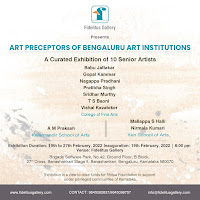
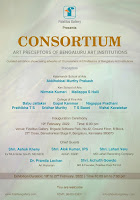
The exhibition, “Consortium - Art Preceptors of Bengaluru Art Institutions”, is open to everyone from 19th to 27th February, 2022.
Fidelitus Gallery, Brigade Software Park, No. 42, Ground Floor, B Block, 27th Cross, BSK 2nd Stage,
Bangalore - 560070
Email: info@fidelitusgallery.com PH: +91 80 68073700
Please share this article using the social media widgets at the bottom and do subscribe to receive regular updates from Art Scene India.
To contribute articles, please get in touch at artsceneinfo@gmail.com
Also read,
- Art Scene India presents Convergence
- Art News (Bangalore) - Reimagining: (Un)Reality and Space
- How To Write An Artist Statement
- 6 Tips On How To Approach An Art Gallery And Find Gallery Representation
- Exhibiting Art in Non-Gallery Spaces
- 5 Reasons a Good Catalogue Text is Essential for Your Art
